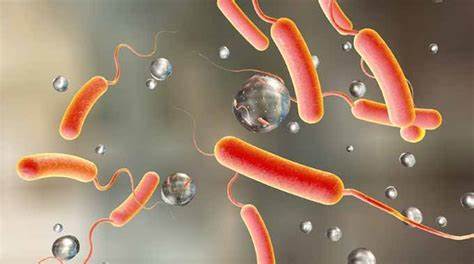adverts
The death toll from Ghana’s ongoing cholera outbreak has risen to 37, with confirmed cases climbing from 346 to 359 as of December 26, 2024.
The Western Region accounted for the latest two deaths, prompting the Ghana Health Service (GHS) to conduct mortality audits.
The outbreak, which has affected 91 out of 276 districts, has led to 4,618 suspected cases nationwide. The number of districts with confirmed cases has increased from 44 to 46, with Agona East in the Central Region and La Nkwantanang-Madina in Greater Accra being the latest to report infections.
adverts
To curb the crisis, GHS has deployed multi-sectoral rapid response teams at the national, regional, and district levels. The service has also traced 9,667 contacts linked to confirmed cases, with 8,667 completing the mandatory five-day follow-up.
In an effort to reduce the outbreak’s impact, GHS completed Phase 2 of a sub-national Oral Cholera Vaccine (OCV) campaign in hotspot districts within the Western Region, including Sekondi-Takoradi, Effia Kwesimintsim, Shama, and Ahanta West.
The campaign vaccinated 596,205 individuals, representing 92.9% of the targeted population.
Hospitalisations due to cholera have decreased from 64 to 46 during the same period. However, the Western Region remains the hardest hit, with 37 individuals hospitalised. The Central Region follows with six cases, while Greater Accra has reported the lowest number, at three.
As part of containment efforts, GHS has intensified testing of food vendors and water sources in affected districts to identify contamination risks.
The rising number of fatalities and confirmed cases underscores the urgency of ongoing public health interventions. Dr. Patrick Kuma-Aboagye, Director-General of the Ghana Health Service, called for collective vigilance:
“While we are making strides with vaccination and contact tracing, we urge all Ghanaians to adhere to strict hygiene practices, especially in food preparation and water consumption, to stop the spread of this disease.”


